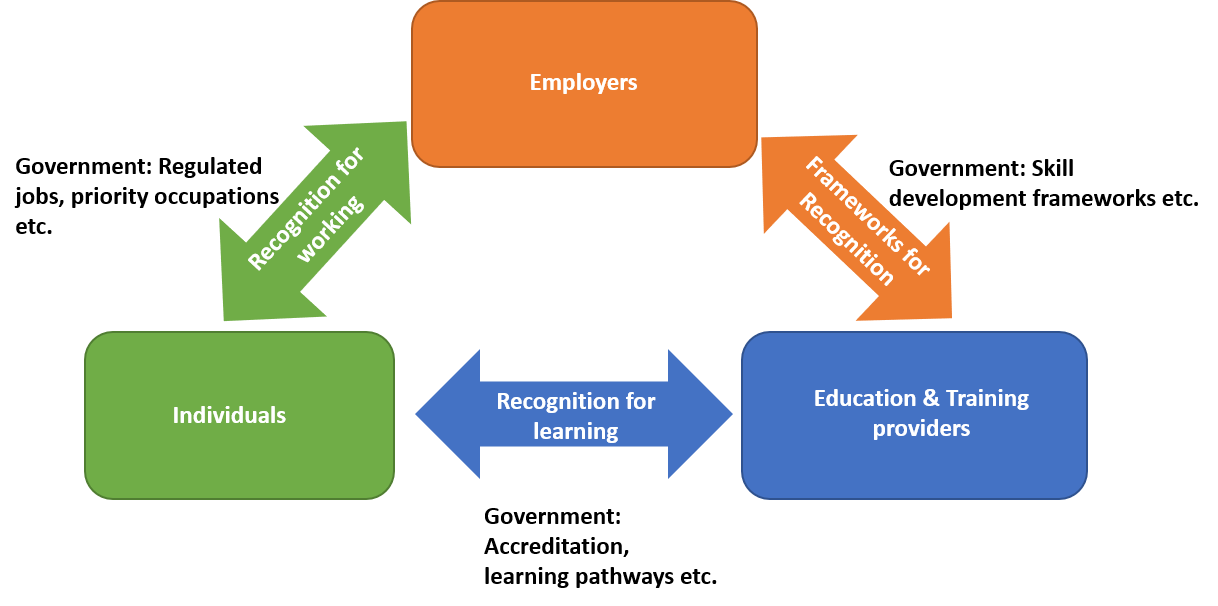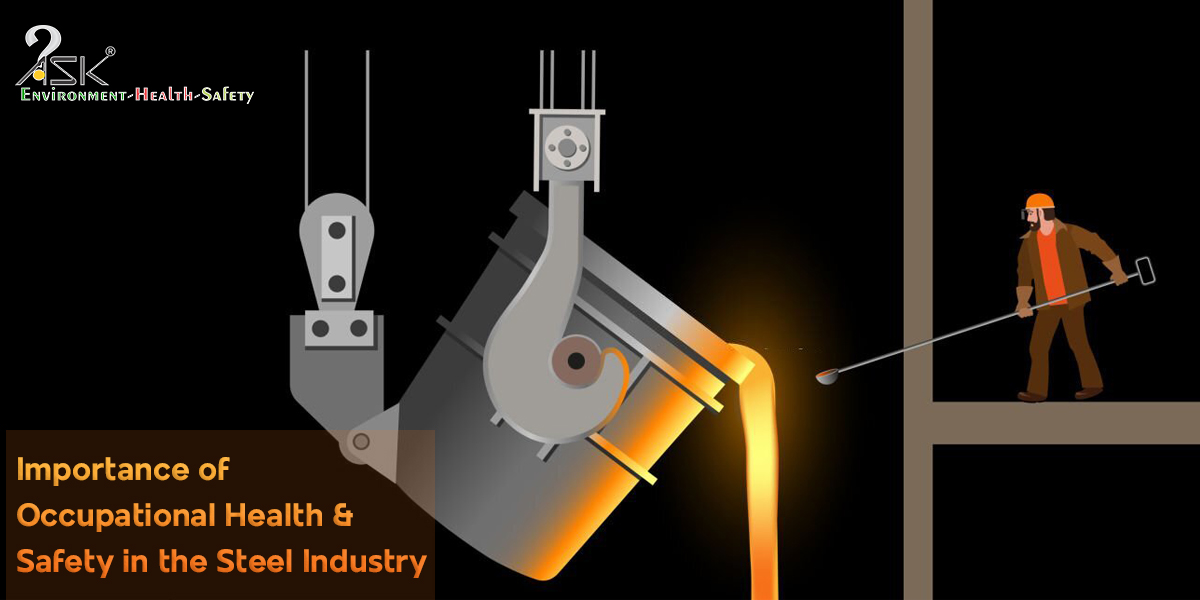Enable skill and unleash diversity

In India, a survey conducted by the National Sample Survey organization NSSO) revealed that the lack of skilled manpower was very strongly linked to the fact that only 2 percent of India’s youth and only about 7 percent of the whole working-age population had received vocational training.
Such issues are significantly driving and shaping the development of skill recognition systems in India.
The systems aim to acknowledge skills through different learning contexts and they work as enablers and facilitators of dialogues between individuals and employers. They may result in hiring, wage growth or career progress and open new learning pathways.

Source: Author, based on Duvekot, Halba (2015).
The skill perspective of a candidate can be combined with an employment perspective. The different stakeholders ie. Employers, individuals and training providers have divergent tasks through the stages. Recognition and validation of prior learnings emphasize the idea that competencies and skills are important.
The lack of appropriate labor skills is a major constraint to development.
Skill gaps exist at two levels- 1. In developing countries, where they have limited pools of technically qualified highly skilled workers, limiting innovation and technology transfer. 2. Workers are not ‘digitally literate’ to use technology in their occupations.
The skill recognition systems can impart the cognitive and non-cognitive skills required to allow the next generations to participate fully in the global economy.
There are private and public-owned initiatives that encompass skill recognition in their widest sense. Private initiatives often target the members of the professional bodies, aiming at improving their prestige, competitiveness, and value on the labour market.
Public-owned initiatives attempt to improve labor market for disadvantaged individuals such as low-skilled people, unemployed ones, people in informal economy etc. The Governments are rushing to fill in the gap. China is aiming to build 1200 technical training centers and train 3.5 million technical workers and 1 million senior technicians till 2022.
The Government of India is striving to open education and growth opportunities, and is dedicated to increasing the connection between increased skills, certification and wages. The National Skills Development Corporation in India is set up to achieve the goal of developing the skills of 150 million people by 2022.
The Pradhan Mantri Kushal Yojna’s (PMKVY) prime objective is to encourage the youth to take-up industry relevant skill training to help them secure their livelihood. With short-term trainings, recognition of prior learnings, placement assistance and continuous monitoring, they aim to align the competencies of the workforce and provide alternative routes to higher education.
In short, ramping up investment in skill recognition systems can promote multi-stakeholder operational frameworks and structures for a faster transition into the labor market and the workforce. For this, it is capital to set the conditions for an effective skill assessment and skill matching plus upgrading of the arrival’s skills.


